Introducing the New Patou—Guillaume Henry Says Bonjour to a Generation of Girls at the Revived French House
Patou Preview Gallery
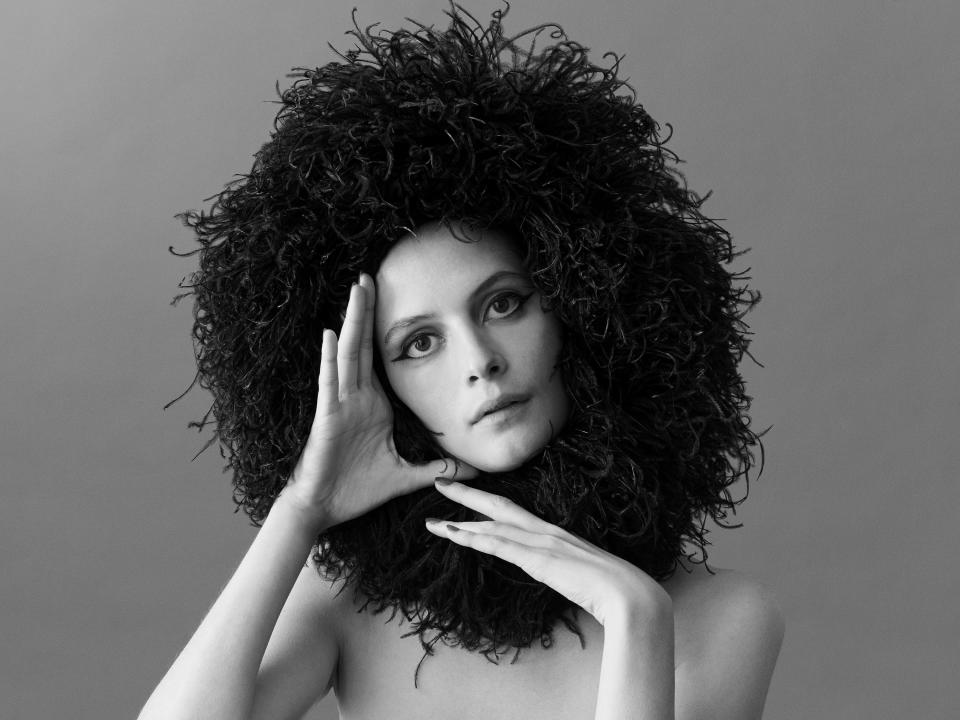
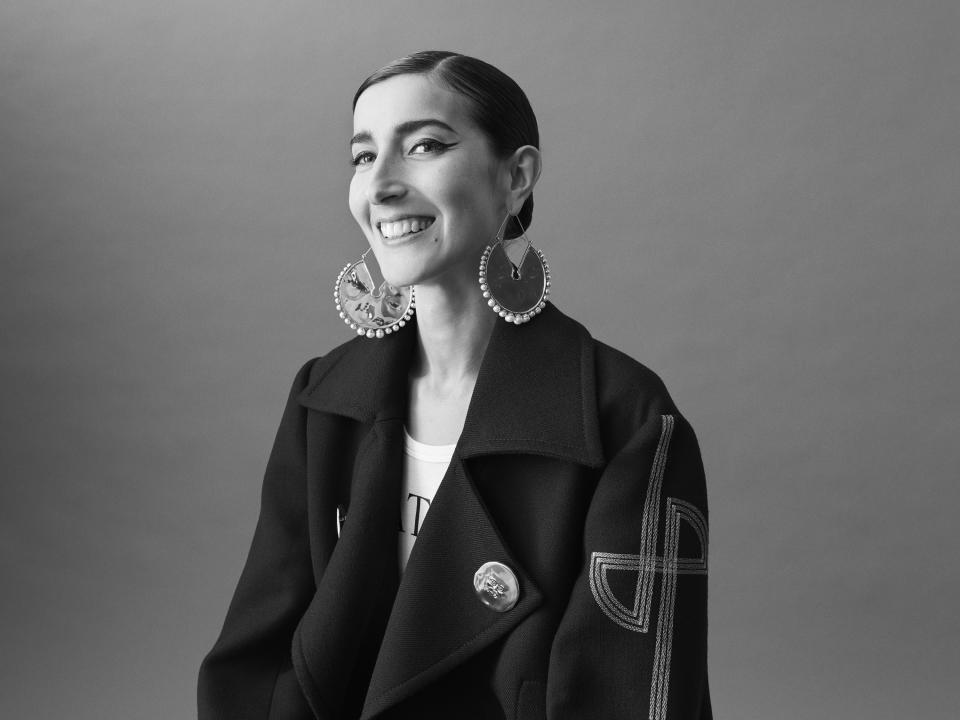
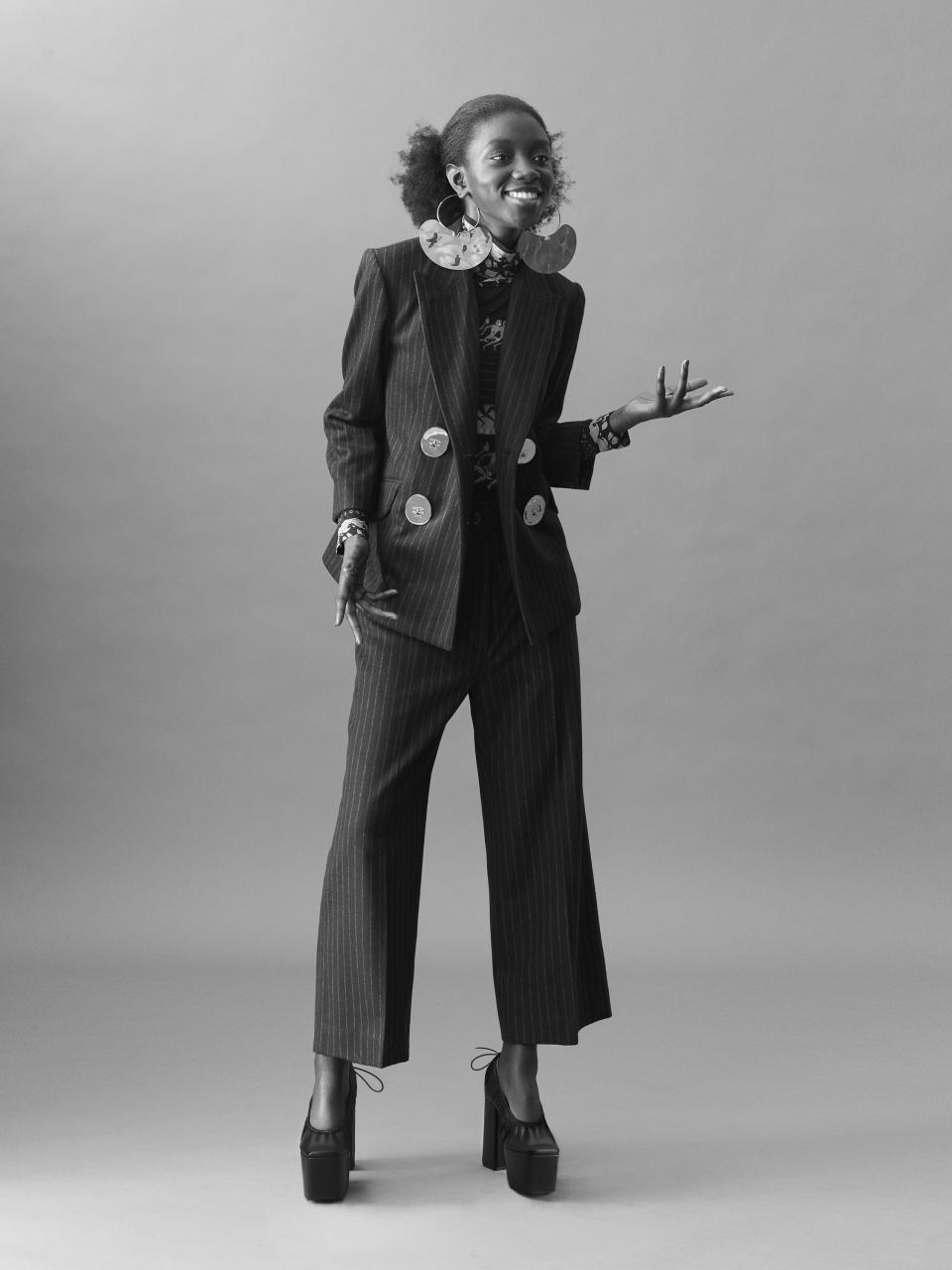
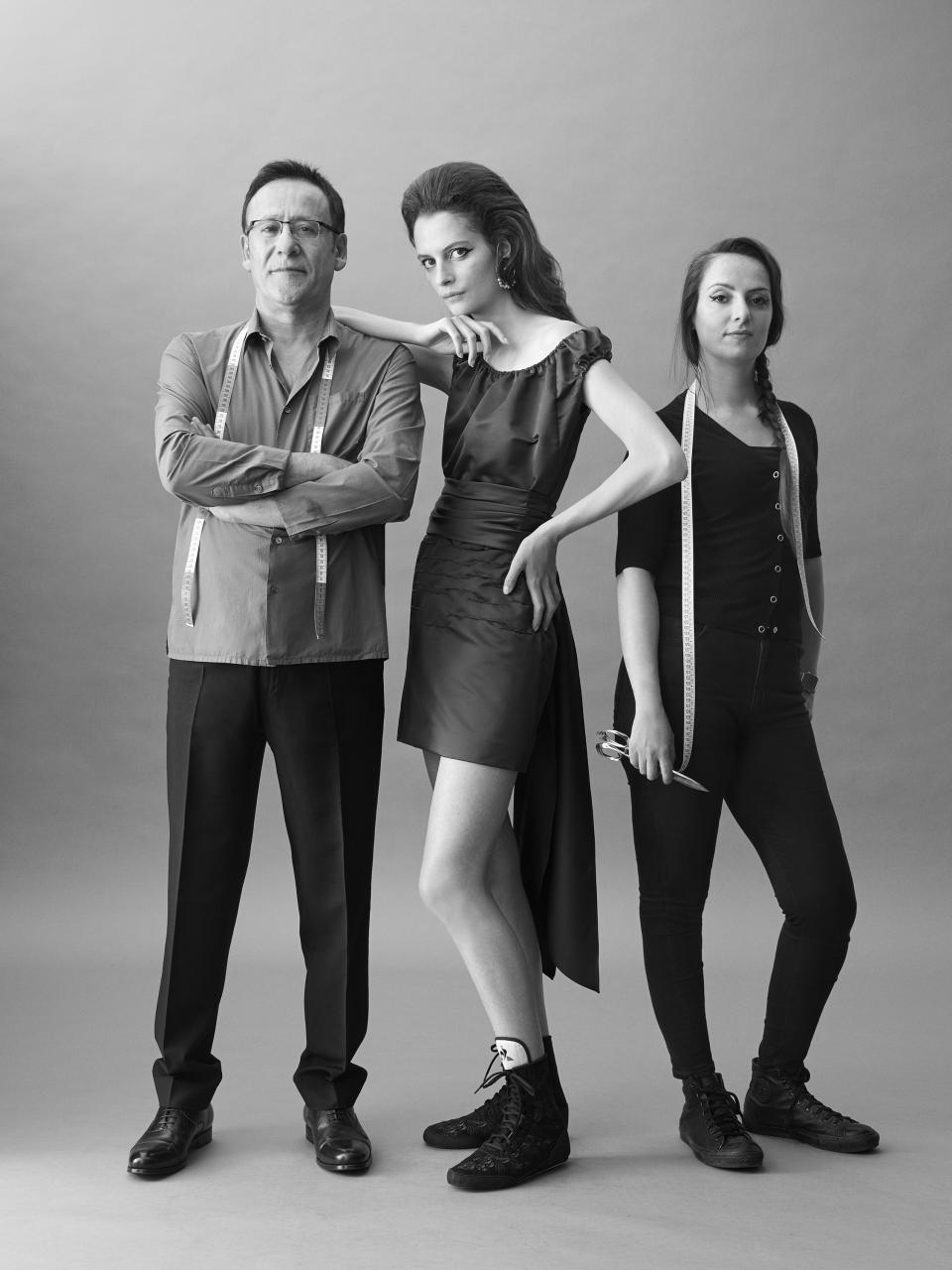
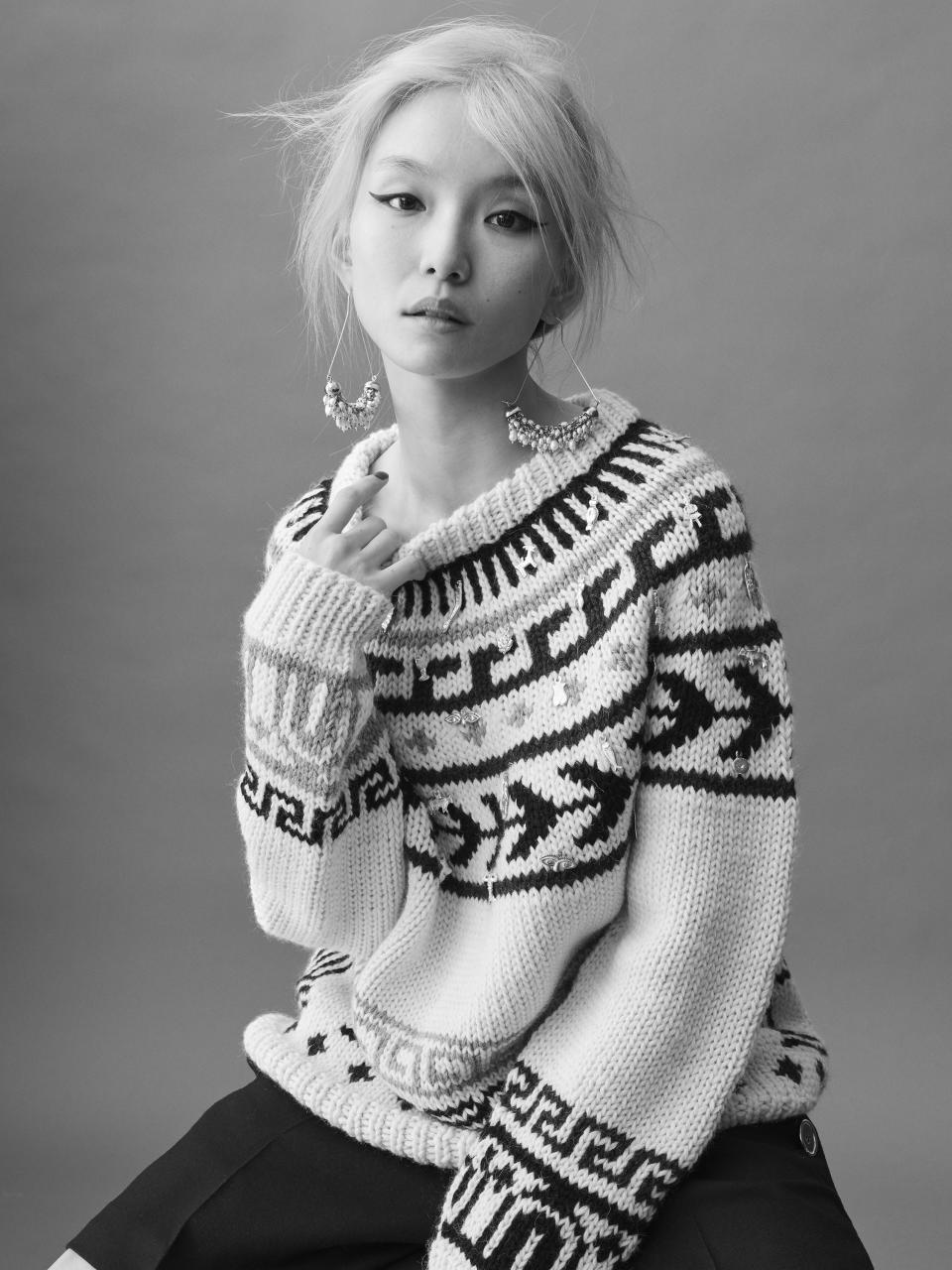
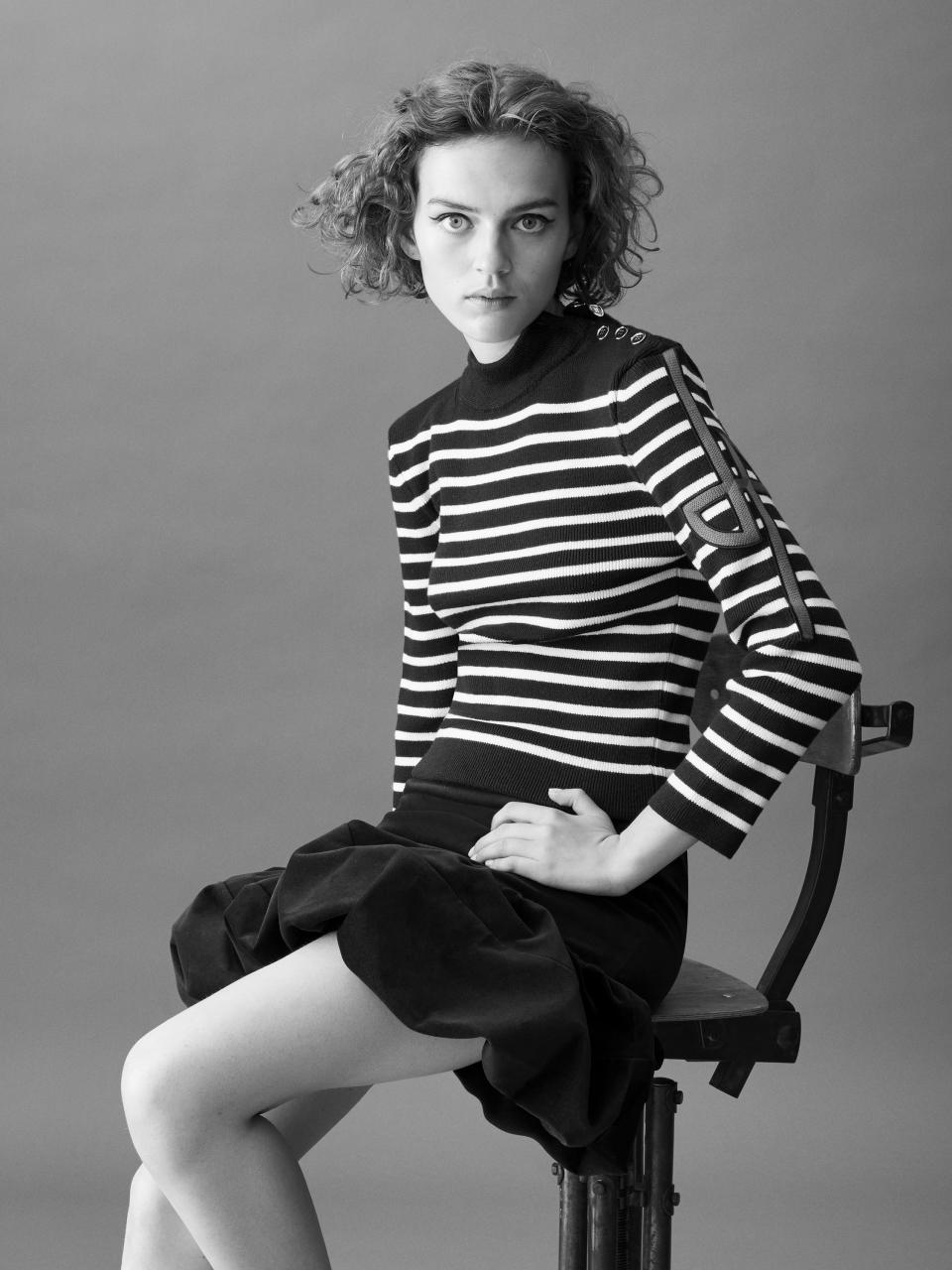
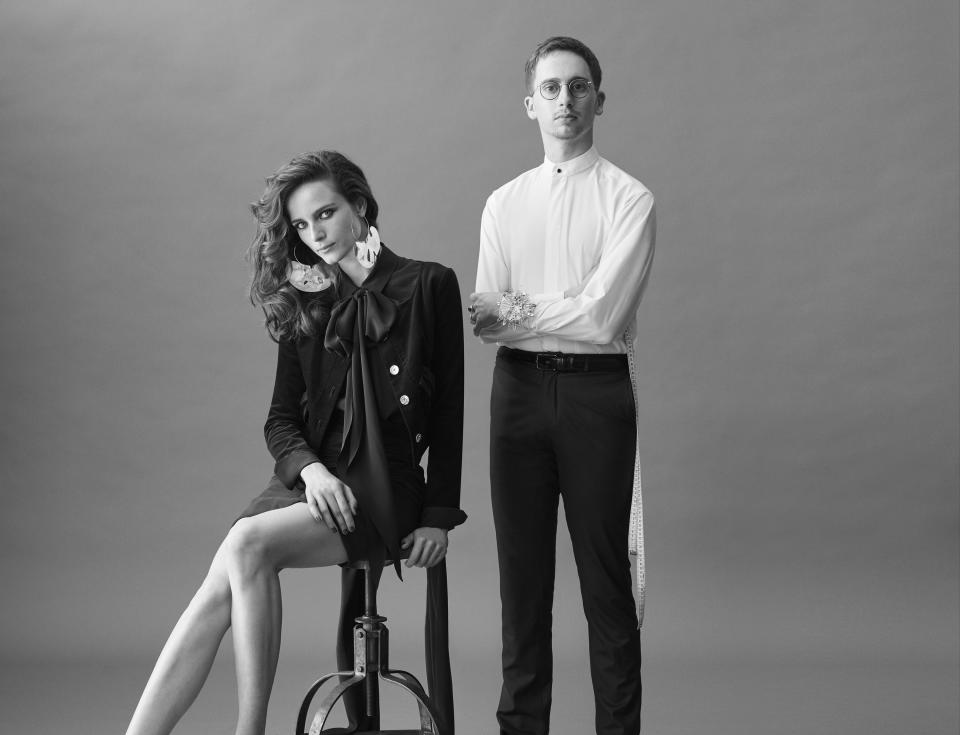
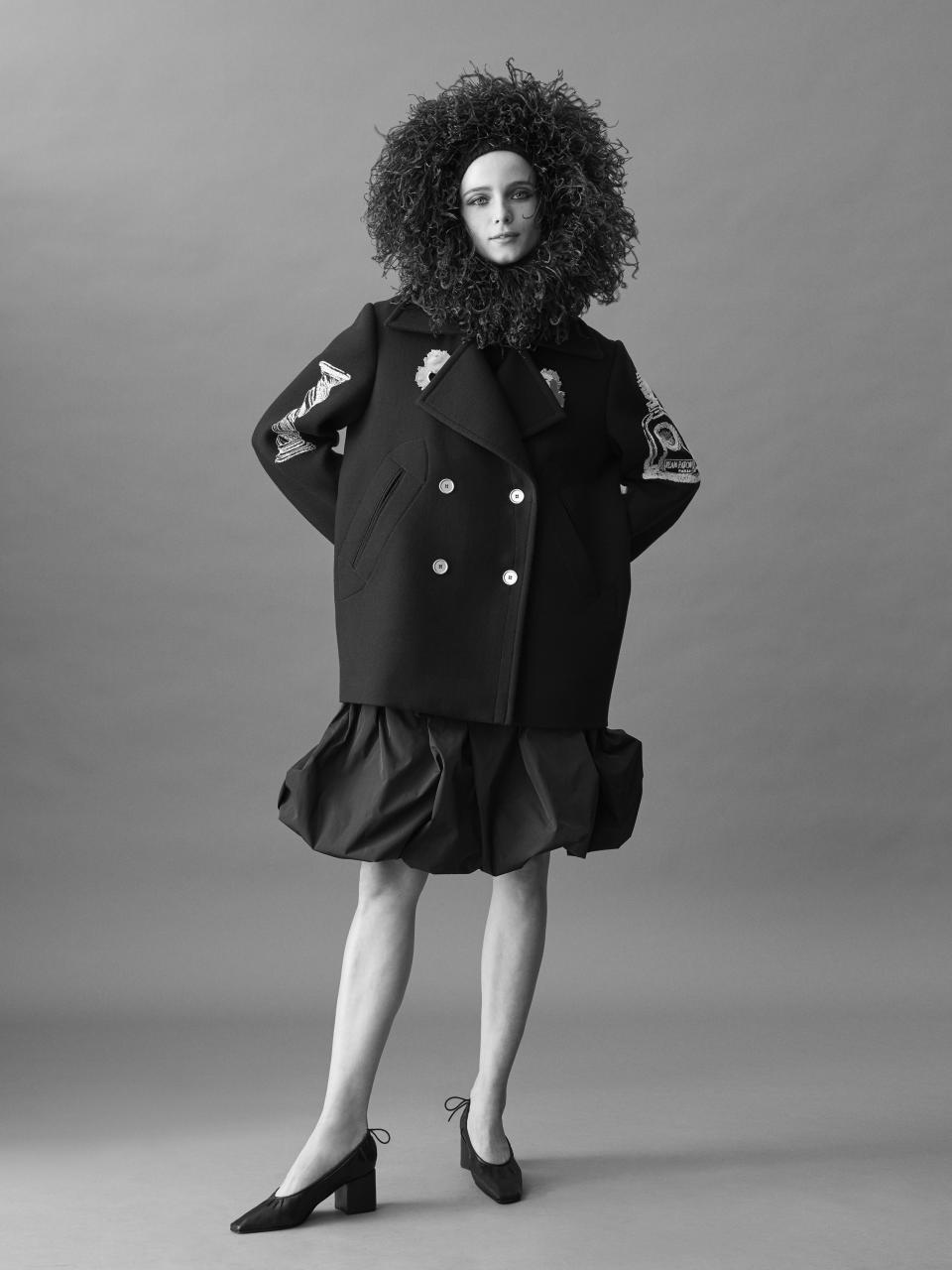
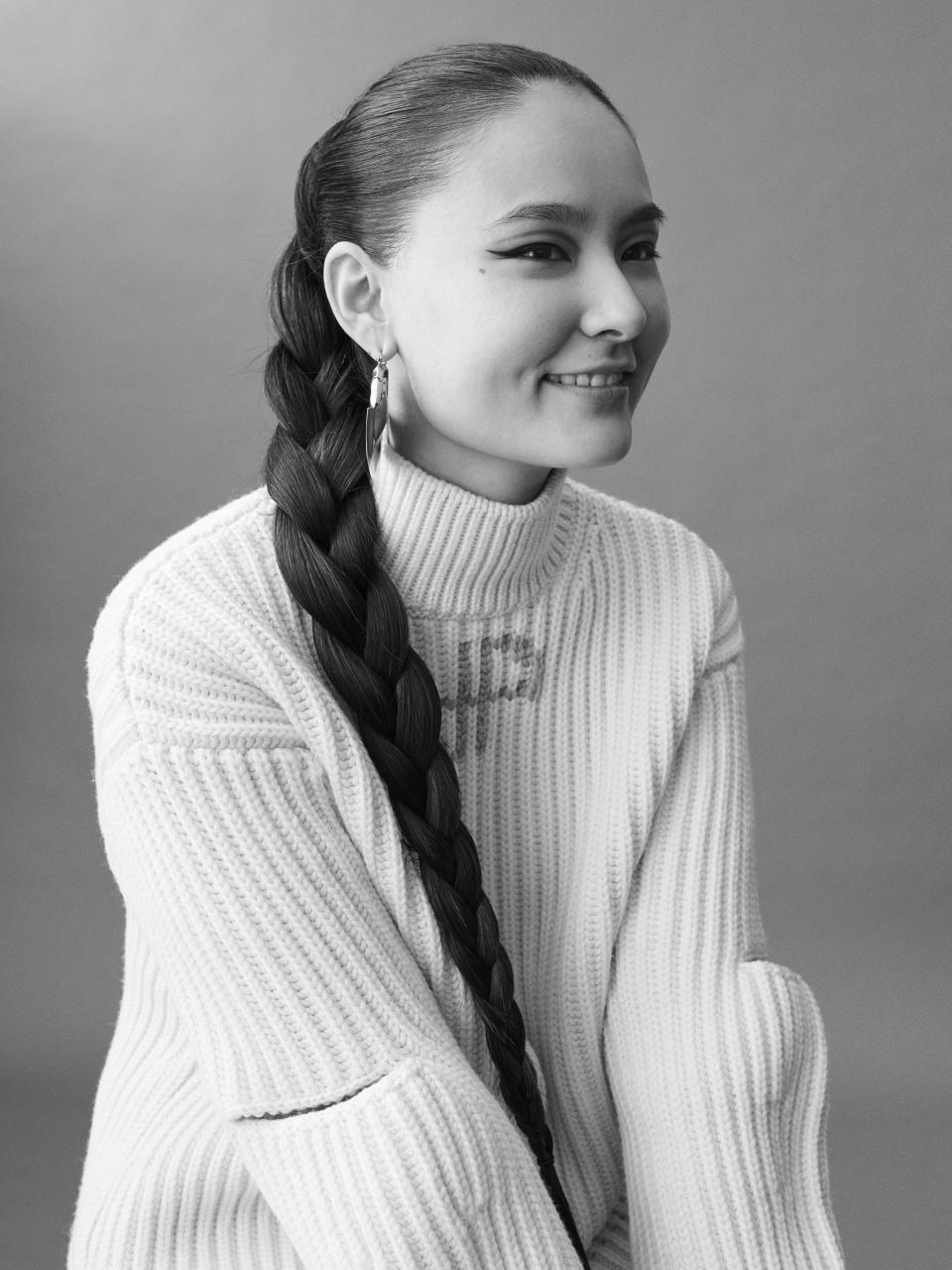
“Patou is a promise of chic and tongue-in-cheek”: This little rhyme is currently teasing the much-anticipated reappearance of the French label on its new website—there’s a pretty cat, a cherry cocktail, and some pastries too. The designer responsible for the imagery, the tone, and the fresh fashion energy that’s about to bubble up here is the effervescent Guillaume Henry, who is French joie de vivre all over. “When I hear Patou, I hear energy, femininity, friendliness,” he declares, with a blue-eyed smile. “Patou is going to be a friendly brand. So I decided the first we’ll show of our clothes are on my friends, and people who are working here in the studio, atelier, and office, who are so close, they’re already like family.”
Inclusivity is a Guillaume Henry watchword in many senses—and even more so than in the time when he caused a mini-revolution at Carven by breaking through the dividing wall between high design value and non-crazy prices. “I started at Carven 10 years ago—for me, it’s like two decades. So many things have happened in fashion and in my head since then.” Henry left Carven in 2017, went to Nina Ricci for three years, and was at a loose end. He was “basically living Paris life, doing things during the day, being normal,” when an almost spooky stroke of destiny descended.
“I was wandering through Passy cemetery, which is just by the Trocadero, and saw the grave of Jean Patou. I continued up to sit at one of the cafés, and there was Sidney Toledano, of LVMH. He asked me what I was up to, and I said, ‘Oh I just walked up here, I’d never seen Jean Patou’s buried over there.’ And Mr. Toledano said, ‘Does he interest you? Because, you know, we have the label.’”
Henry’s hit-making commercial track record was surely enough of a corporate attraction, but he decided he wanted to do the same thing—differently. “I learned at Carven to be close to people—and to be able to see people wearing my stuff almost every single day, without them knowing I was the guy who designed it. I wanted to get back to that.”
It’s perfect timing, he reckons, for the reappearance of the $700 dress, what with “designer” fashion having soared far into the outer stratosphere, and fast fashion being so not worth it. “My friends say, ‘I can’t find anything to wear.’ They want to invest in things they can wear all the time. And me—I want to be able to dress my cousin in Dijon too. I’m so not an artist—I’m more like an artisan. I just want to dress girls with love.”
That sounds so French, right? The full reveal is to come in September, but a first snoop shows taffeta party dresses, silk prints, super-French trouser suits with brooch buttons, and a lot of great knits, like the ribbed sweater worn by 21-year-old Leina, an in-house junior design assistant.
The deco-like logo on her sweater will ring bells with those who know something about Jean Patou—the suavely sociable couturier of the 1920 and ’30s who built a business which was neck and neck with Chanel’s. “The archive is just incredible. He had all these women friends around him, worked with his sister, was Louise Brooks’s lover, and dressed Josephine Baker, the American tennis star Helen Wills, and Suzanne Lenglen.” Patou had a cocktail bar installed in his salon and had his evening shows devolve into glamorous parties. It sounds like Henry, with all his sociability, is almost ridiculously appropriately cast to take up those threads, though in a completely 21st-century way.
“The great thing is we’ve done everything ourselves, the image, the hangers, the packaging. We don’t want to create more waste, but that doesn’t mean things have to be ugly. We want to go back to the real couture experience, but also consider how the planet is going. To be more sensitive about this,” he concludes. “It’s all about fashion first, but if you’re conscious, you’ll often find there’s need to do it another way. Quality is a keyword,” he observes. “Quality of life, too.”
Being around girls who inspire him, encouraging niceness and camaraderie in the house of Patou, as evoked in these team pictures, looks like it promises to create the benefit of extra pooled energy and sparky, practical ideas. Somehow, it seems so right that they’re all working away in a quaint historic house which used to be a private school for girls and then became a casino. Très, très amusant.
Originally Appeared on Vogue

